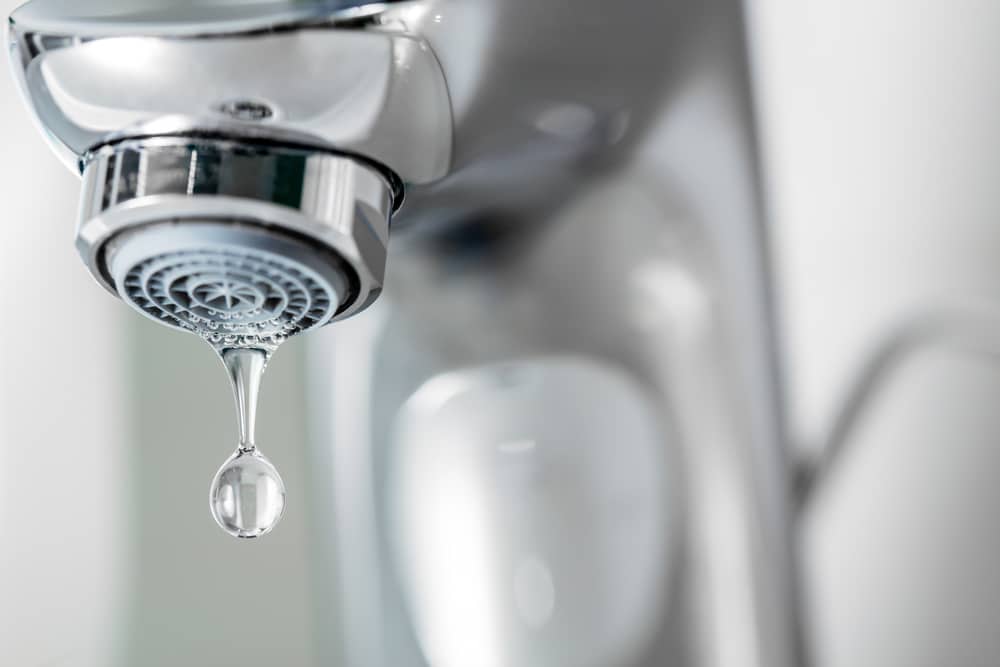Soft water systems work to remove minerals – primarily magnesium and calcium – from water.
Soft water helps your laundry to be cleaner and brighter, your clothing and linens will last longer and you’ll use substantially less detergent, shampoo and soap. Your home appliances – including the dishwasher, washing machine, ice maker and water heater – will last longer and you’ll finally get to stop fighting the never-ending buildup of soap scum on sinks, tubs, showers, etc.
When it comes to choosing the right softener system for you it’s easy to become confused. Should you choose an electric or mechanical (non-electric) soft water system? Understanding the difference can help make your decision easier.
Water softeners remove the hard minerals from the water and replace them with a small amount of sodium. Every few days the water softener has to go through a process called regeneration to flush the minerals it’s removed down the drain and restore its ability to continue softening the water. In order to do this all water softeners have a control valve to determine the frequency of the regeneration cycle and to control the various steps it needs to go through to restore its ability to soften water.
Most water softeners uses a controller similar to a sprinkler timer box and valve system (electrical) where as others work more like the flow meter (mechanical or nonelectric).
What Is an Electric Soft Water System?
Electric water softeners are the most common type available and work well for many families. With an electrical system there is a microprocessor that controls the frequency of the regeneration of the water softener. When the water softener is installed in the home the technician will program some data in the control valve, such as the time of day, time of night the system will regenerate, number of people in the home and the hardness of the water. Based on this data, when the water softener estimates when you’ve used approximately 70% of the softening capacity of the water softener it will then regenerate at 2 am. There reason it regenerates in the middle of the night is if you were to use water during the regeneration cycle you’d be supplied hard water. The theory is that most people aren’t using a lot of water in the middle of the night so that’s the best time to do that.
Often, the moist conditions under which electric softeners operate can cause deterioration of electronic components. This may mean more frequent repairs and a shorter equipment lifespan.
Also, during periods of higher consumption, you will run out soft water because the system isn’t able to regenerate until 2am.
What Is a Non-Electric Soft Water System?
Typically called mechanical softeners, this design eliminates virtually all the pitfalls associated with electrically powered systems while providing the same or better results.
Mechanical systems don’t rely on a timer. Rather, these systems measure the volume of water you use. Non-electric softeners keep pace with your usage and demand without wasting water, power or salt.
With a mechanical softening system, you’ll never have to worry about programming or bypassing the equipment if you leave for vacation. These systems require very little maintenance, as compared to electric systems, and have a substantially longer life expectancy. They will also use a lot less salt and water in regeneration.
Choosing the Right Soft Water System for You
No single softener design is right for everyone but, as you can see, mechanical softener systems offer a variety of advantages at a highly affordable price point.
The first step to choosing the right softener or filtration system for you is to determine the exact nature of your water problems. And the best way to achieve that is to schedule a professional hard water analysis.
In northern Utah, including Provo, Salt Lake City, Ogden, Bountiful and the surrounding communities, Kinetico is the expert in water filtration and softening systems. Contact us today to learn more about our innovative, affordable non-electric soft water systems.

